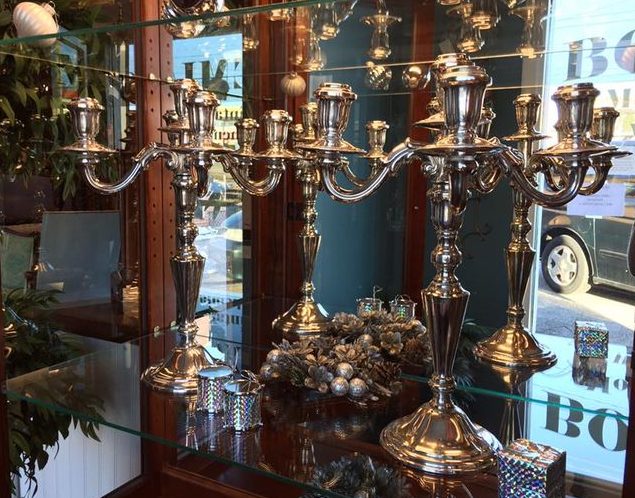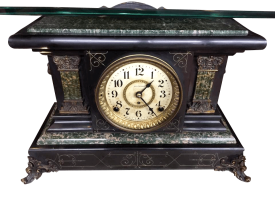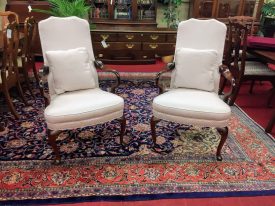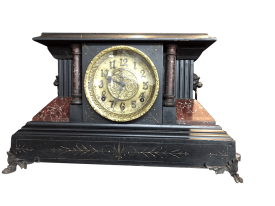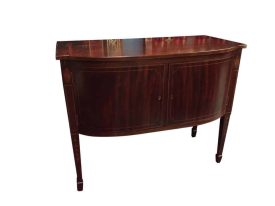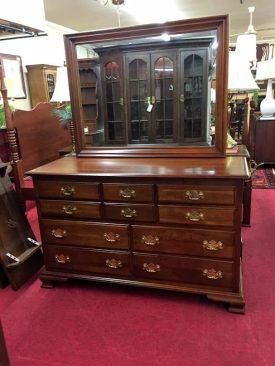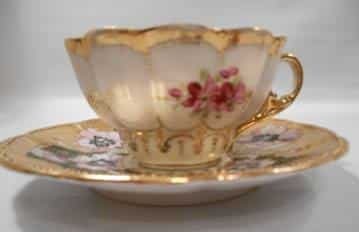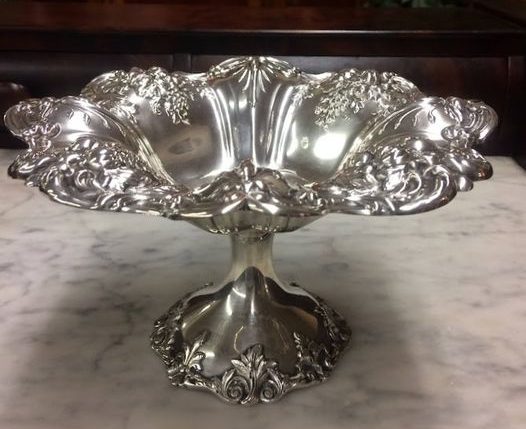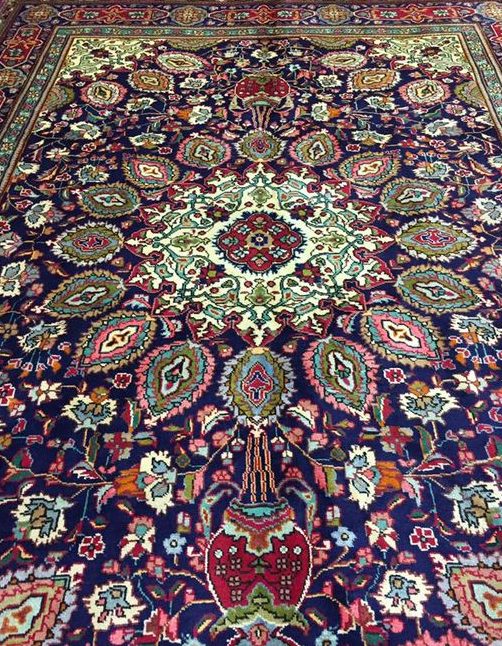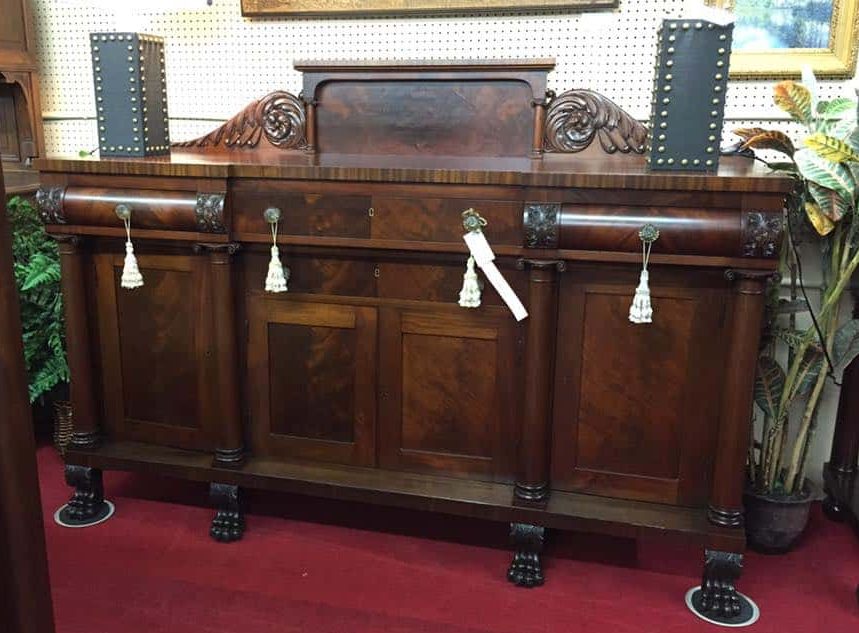Candelabras have a rich history that dates back to ancient times. These elegant and ornate candle holders have evolved over the centuries, from simple designs to intricate and decorative pieces.
Explore the fascinating history of candelabras and discover how they have become a symbol of beauty and functionality in modern-day decor.
Ancient Origins of Candelabras.
The origins of candelabras can be traced back to ancient civilizations such as the Egyptians and the Greeks. In ancient Egypt, candelabras were used in religious ceremonies and were often made of precious metals such as gold and silver. The Greeks also used candelabras in their religious rituals, and these early designs featured simple, straight arms with a central stem. Over time, candelabras became more elaborate and decorative, with intricate carvings and embellishments. Today, candelabras continue to be a popular decorative item, adding a touch of elegance and sophistication to any space.
Candelabras in Medieval Times.
During the medieval period, candelabras played a significant role in religious ceremonies and were often found in churches and cathedrals. These candelabras were typically large and ornate, featuring multiple arms and intricate designs. They were used to hold candles that provided light during religious services and were often made of brass or other metals. Candelabras were also used in the homes of the wealthy during this time, serving as a symbol of status and wealth. The designs of candelabras during the medieval period were influenced by Gothic architecture, with pointed arches and intricate detailing. Today, candelabras from the medieval period are highly sought after by collectors and are considered valuable pieces of history.
Renaissance and Baroque Candelabras.
During the Renaissance and Baroque periods, candelabras continued to be popular decorative pieces, but their designs became more elaborate and extravagant. These candelabras were often made of precious metals such as silver and gold and featured intricate detailing and ornate motifs. They were used in palaces, grand estates, and wealthy households to provide both light and a sense of opulence. The designs of candelabras during this time were influenced by the artistic styles of the Renaissance and Baroque periods, with curved lines, floral motifs, and intricate scrollwork. Today, Renaissance and Baroque candelabras are highly prized by collectors and are considered exquisite examples of craftsmanship from these historical periods.
Candelabras in the Victorian Era.
The Victorian era saw a resurgence in the popularity of candelabras, as they became a symbol of wealth and status. During this time, candelabras were often made of brass or bronze and featured intricate designs and embellishments. They were commonly used in grand homes and mansions, adding a touch of elegance and sophistication to the decor. Candelabras in the Victorian era were often adorned with crystals, pearls, and other precious stones, further enhancing their beauty. These candelabras were typically displayed on dining tables, mantelpieces, and in grand hallways, creating a warm and inviting atmosphere. Today, Victorian candelabras are highly sought after by collectors and are considered valuable antiques.
Modern-Day Designs and Uses of Candelabras.
In modern times, candelabras have evolved to suit contemporary design styles and functional needs. While traditional candelabras are still popular, there are now a wide variety of modern designs available. These range from sleek and minimalist styles to bold and avant-garde creations. Modern candelabras are often made from materials such as stainless steel, glass, or acrylic, giving them a more contemporary look. They can be found in a range of sizes, from small tabletop versions to large floor-standing pieces.
In terms of uses, candelabras are no longer limited to formal occasions or grand homes. They have become a popular decorative item for various settings, including homes, restaurants, and event venues. Candelabras can add a touch of elegance and ambiance to any space, whether it’s a romantic dinner at home or a lavish wedding reception. They can also be used as statement pieces or focal points in interior design, creating a visually stunning display. With their versatility and timeless appeal, candelabras continue to be cherished and appreciated in the modern world.

